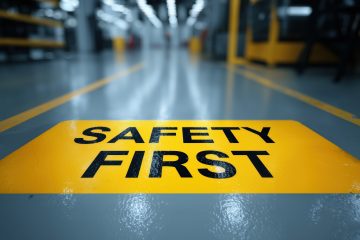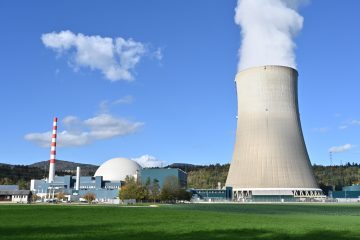Nuclear power 2.0: The future of reactor technology
The development of reactor technology began with the first reactor design lines developed in the 1950s, mainly for power generation and military applications. Early designs included pressurised water reactors (PWRs), boiling water reactors (BWRs) and gas-cooled reactors. At the same time, specific construction lines were launched to improve fuel utilisation, flexibility in fuel use (e.g. thorium) and the provision of industrial process heat.
Generation III reactors have made significant progress in terms of safety, efficiency and cost-effectiveness, including passive safety systems and longer operating cycles. The development of Generation IV reactors is pursuing more long-term goals, such as sustainability and waste minimisation.
There is currently increasing interest in the development of low-power reactors with a modular design, which Small Modular Reactors (SMR). They benefit from new production technologies and the integration of innovative safety concepts. Nuclear start-up companies are driving development and responding to changing market requirements such as the growing demand for emission-free energy and process heat. The reactor concepts range from thorium and molten salt reactors to hydrogen-producing high-temperature reactors.
The current status and outlook for large and small power reactor technology in and outside Europe were presented in this online lecture with Aliki van Heek discussed.



0 Comments